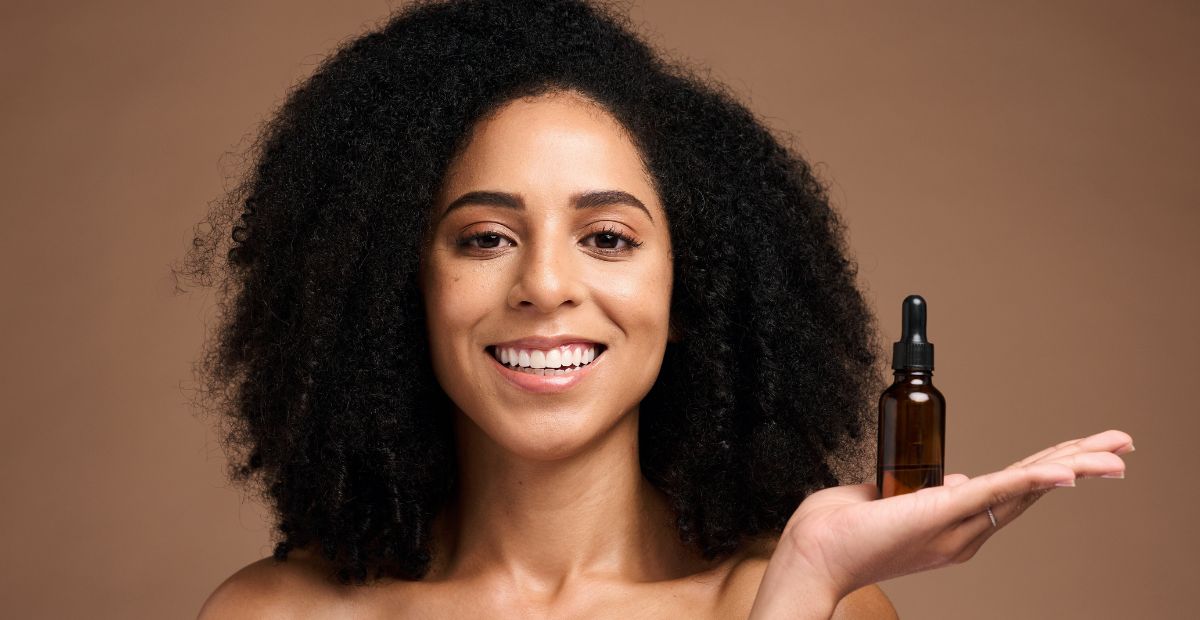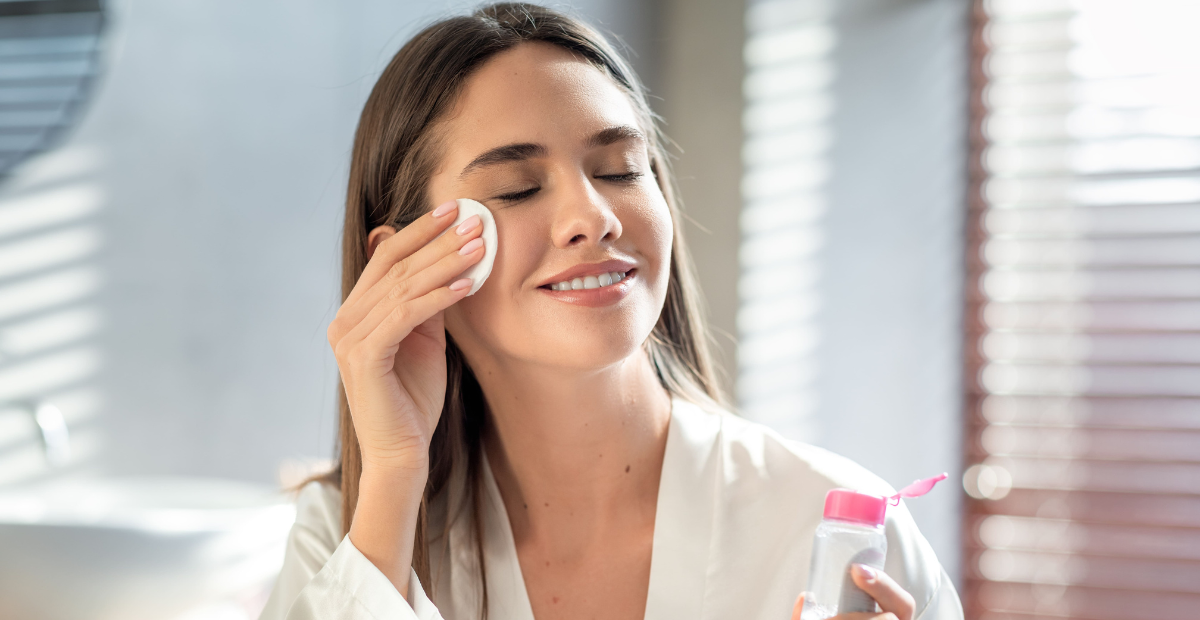A Guide to Scalp Exfoliation: the Why, the How, and Everything in Between
Onskin Content Team
Your guides through the skincare chaos
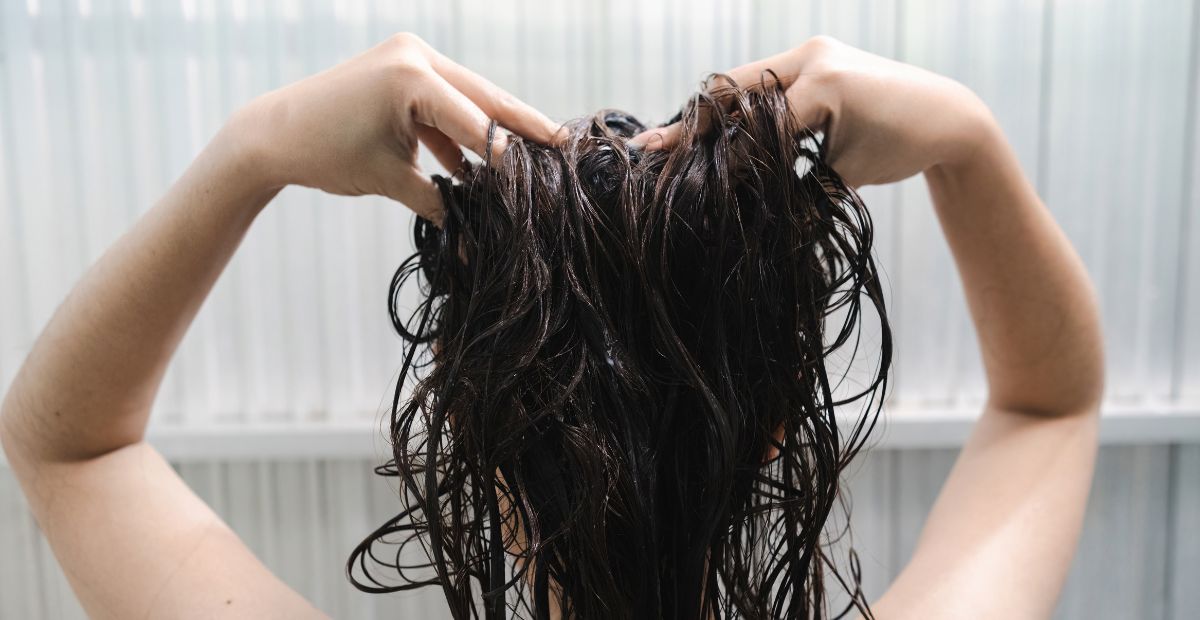
Your scalp might not be the first thing you think of when it comes to self-care, but it’s absolutely essential for healthy, happy hair. Whether you go for a gritty scrub or a gentle peeling, scalp exfoliation is like the reset button for your hair care routine.
So grab a comfy seat because we’re about to dive into the why, the how, and everything in between about giving your scalp the TLC it’s been silently begging for.
What’s Going on With Your Scalp?
Let’s get real about your scalp: it’s constantly regenerating, shedding dead skin cells and replacing them with new ones. Around 100,000 hair follicles (each holding a single hair) produce sebum that hydrates your scalp and shields it from irritants. However, we often overload our scalps with the mountain of products we pile on it (hello, dry shampoo and mousse).
Similar to how pores on your face can become clogged, dead skin cells, oils, and dirt can accumulate on your scalp. If not properly removed, this buildup can block hair follicles, negatively affecting both new hair growth and the health of hair you already have. Over time, this can result in oiliness, itchiness, and even dandruff.
Why Exfoliate Your Scalp?
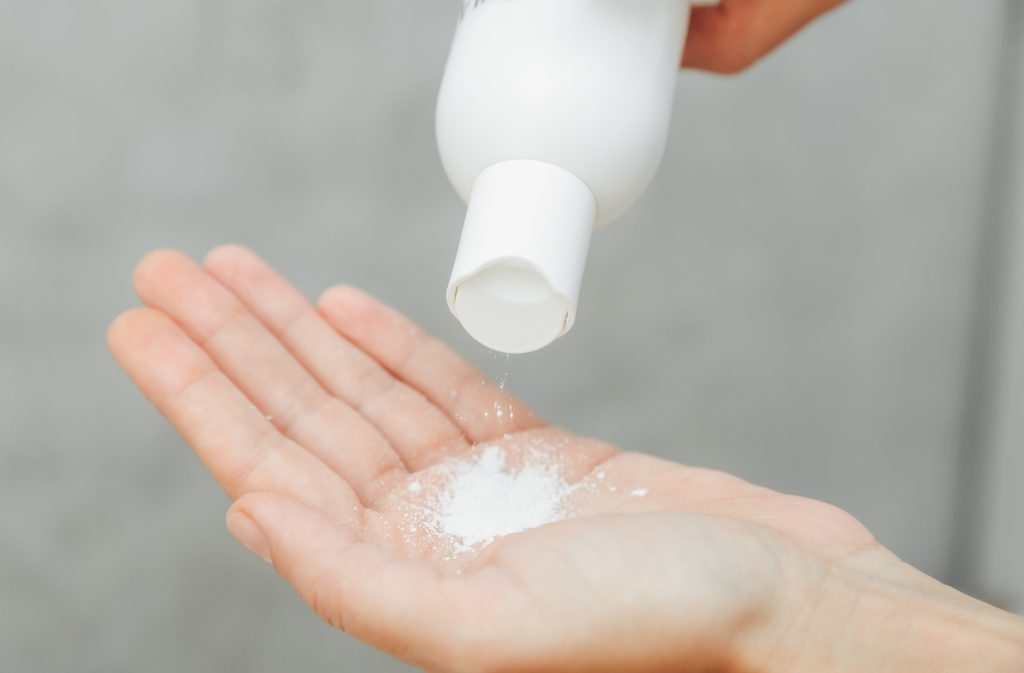
While your scalp naturally sheds dead skin, it sometimes needs a helping hand. That’s where scalp exfoliation comes in. By removing the gunk and buildup, you’re giving your hair follicles a clean slate. And here’s why scalp exfoliation treatment is essential:
Deep cleansing. Styling products like dry shampoo, conditioners, and gels can leave behind residue that’s tough to remove with regular washing. Regular scalp exfoliation, in turn, removes buildup, unclogs pores, and leaves your scalp feeling fresh.
Healthy hair growth. A clean scalp promotes better blood flow to hair follicles. This means more oxygen and nutrients reach your roots, creating the perfect environment for healthier, stronger strands to grow.
The 2 Types of Scalp Exfoliants
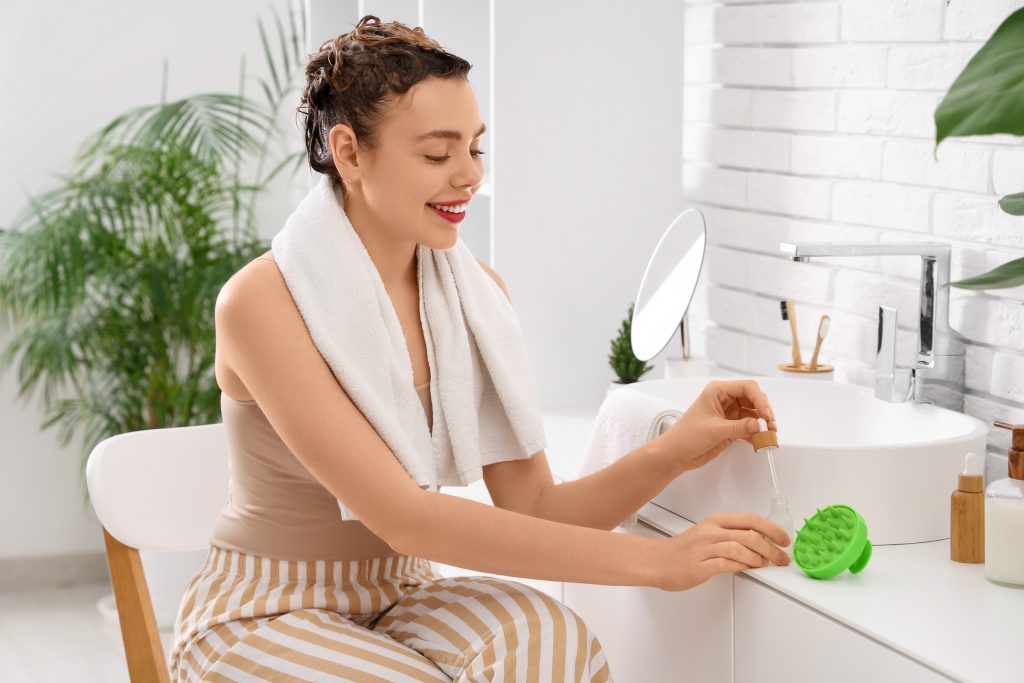
Ready to jump into how to exfoliate your scalp? First, let’s talk about your options (and keep in mind that OnSkin can always help you find the safe match for your scalp’s unique needs.)
Well, there are two main types of scalp exfoliants:
1. Physical exfoliants (aka scrubs). These are your gritty products that physically buff away buildup. Think of ingredients like sugar, sea salt, or coffee grounds.
2. Chemical exfoliants (aka peelings). These use active ingredients—like enzymes or acids—to dissolve dead skin cells and oils. Enzymes are gentler and often a choice better for sensitive scalps.
Let’s break them down further so you can decide which is the best way to exfoliate your scalp.
The Lowdown on Scrubs
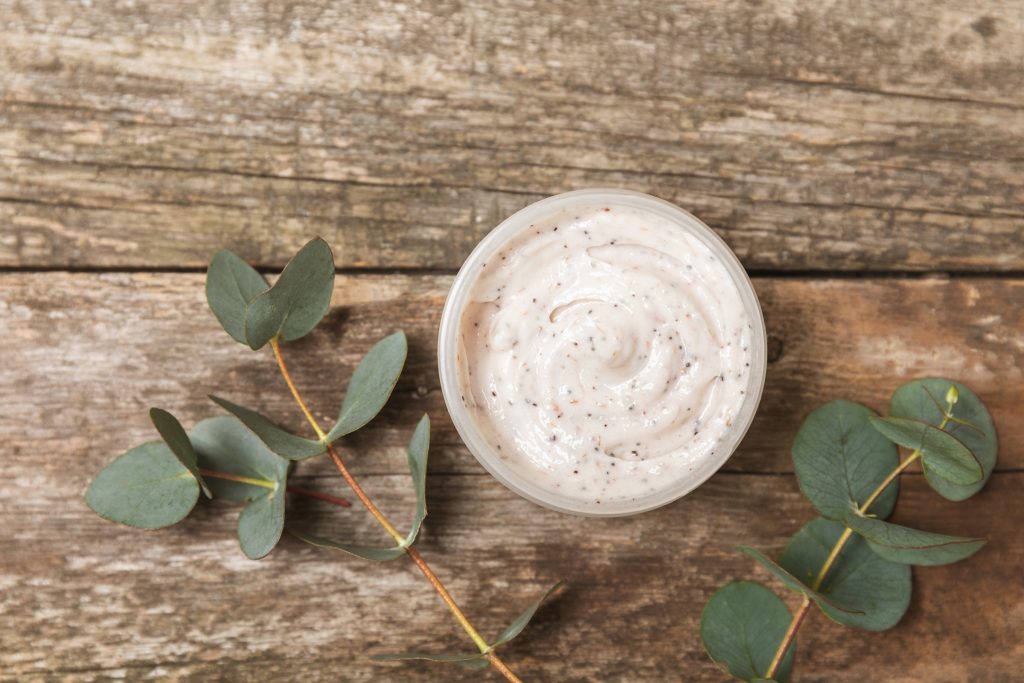
Scrubs are all about that physical action—tiny granules that manually remove buildup as you massage them into your scalp. Here’s the tea:
Common ingredients. Sugar, salt, coffee, rice powder, and more. Some DIY fans even whip these up at home.
How they work. The grit creates friction, loosening dead skin cells and product residue. You massage it into your scalp in circular motions for the best results.
The good. Your scalp will feel cleaner and refreshed right away.
The not-so-hood. Scrubs can be tricky to rinse out, especially if you’ve got long or curly hair. Plus, overdo it, and you risk irritating your scalp or causing micro-tears. Always keep in mind that no need to go wild with scalp scrubbing—be gentle!
In short, physical exfoliants are great for people who love a hands-on approach but require a bit of finesse to avoid overdoing it.
All About Chemical Peelings
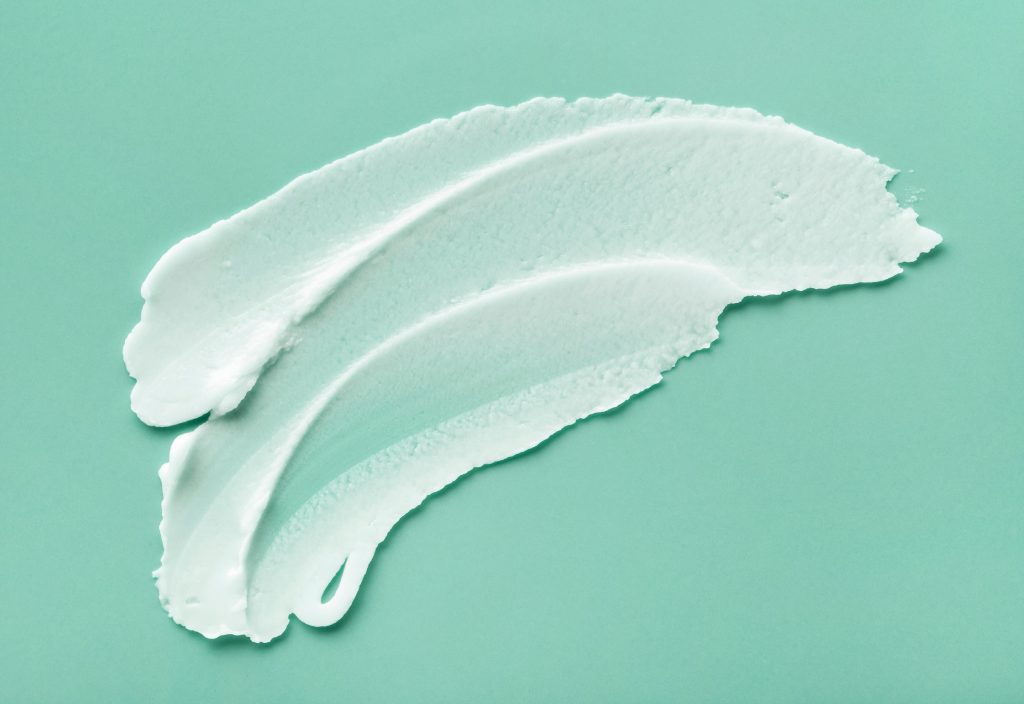
Chemical peelings are the gentler, science-backed cousin of scrubs. They contain active ingredients that break down dead skin cells, oils, and residue on your scalp.
There are two types of chemical peelings:
Enzyme-Based Peelings
These use natural enzymes from fruits (like bromelain from pineapple or papain from papaya) to break down the protein bonds in dead skin cells. Enzyme peelings are best for sensitive scalps or people new to scalp exfoliation. Why? Enzymes are milder and don’t penetrate as deeply as acids, making them perfect if your scalp tends to get irritated easily. But before you exfoliate your scalp with them, dive into this guide on enzymes in skin care.
Pro tip. Enzymes thrive in warmth and humidity. For best results, use them after a shower or sauna when your scalp is already warm and your pores are open. (Who doesn’t love a good excuse for a steamy spa day?)
Acid-Based Peelings
Acids (like glycolic, lactic, and mandelic acids) dissolve dead skin cells and penetrate deeper into your scalp. These are more potent than enzymes and can tackle stubborn buildup or excessive oiliness. Here’s a closer look at each:
Glycolic acid. Derived from sugarcane, this acid has tiny molecules that penetrate deeply and exfoliate effectively. Great for oily scalps and reducing buildup.
Lactic acid. A gentler acid that helps hydrate the scalp while dissolving dead cells. Perfect for those with dry or flaky scalps.
Mandelic acid. With larger molecules, this acid exfoliates slowly and gently, making it another option for sensitive scalps.
Citric acid. Derived from citrus fruits, this acid gently exfoliates, balances scalp pH, and reduces oiliness. Great for mild buildup and boosting hair shine.
Salicylic acid. This beta-hydroxy acid (BHA) is soluble in oil, which allows it to dissolve sebum and clear out clogged pores. A go-to for tackling excess oil and buildup.
Manufacturers often skillfully mix different acids together to make them work better and give even stronger results.
9 Tips for Using Peelings
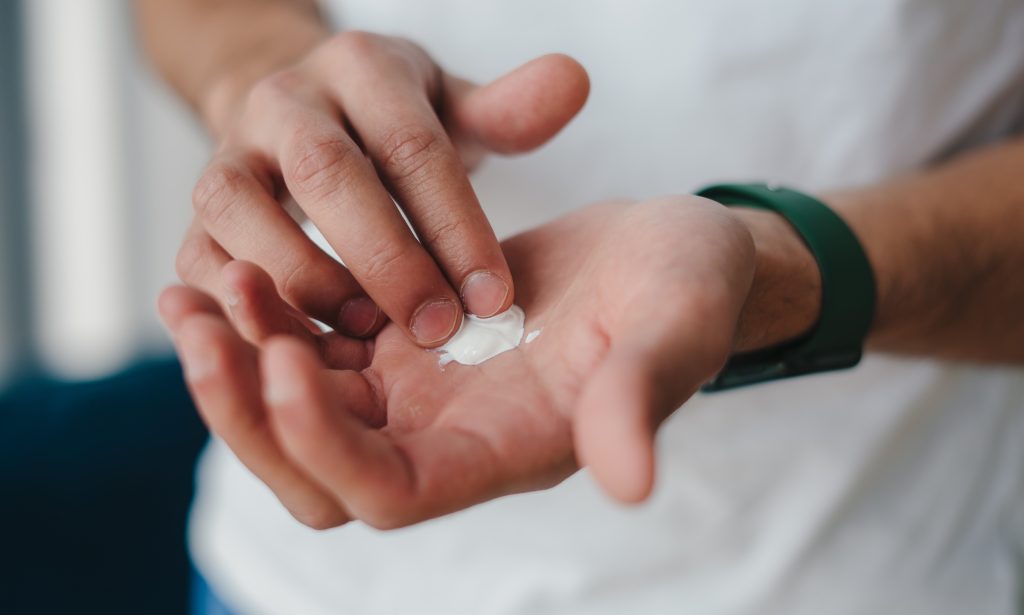
Want to maximize the benefits while keeping your scalp happy and healthy? Here’s the lowdown on how to exfoliate scalp like a pro:
1. Pick the right product for your scalp type:
- If your scalp is sensitive, start with enzyme-based peelings.
- If you’re dealing with stubborn dandruff or oiliness, go for an acid-based peeling like salicylic or glycolic acid.
2. Test first. Always do a patch test to make sure the product doesn’t cause irritation. Apply a small amount behind your ear or on a less noticeable spot and wait 24 hours before using it on your scalp.
3. Follow the instructions. Every product has its own application method and timing. For instance, some peelings are meant to start on damp hair, others on freshly shampooed. Make sure you read the label to avoid mishaps.
4. Don’t overdo it. You may ask: how often should I exfoliate my scalp? Well, start with once every 10-14 days if you’re using a chemical peeling, and adjust based on your scalp’s response. Keep in mind that over-doing when you exfoliate your scalp can strip it of natural oils and cause irritation.
5. Give post-exfoliation care. After peeling, your scalp is in prime condition to absorb nutrients. Follow up with a nourishing hair serum, scalp treatment, or hydrating mask to lock in the benefits.
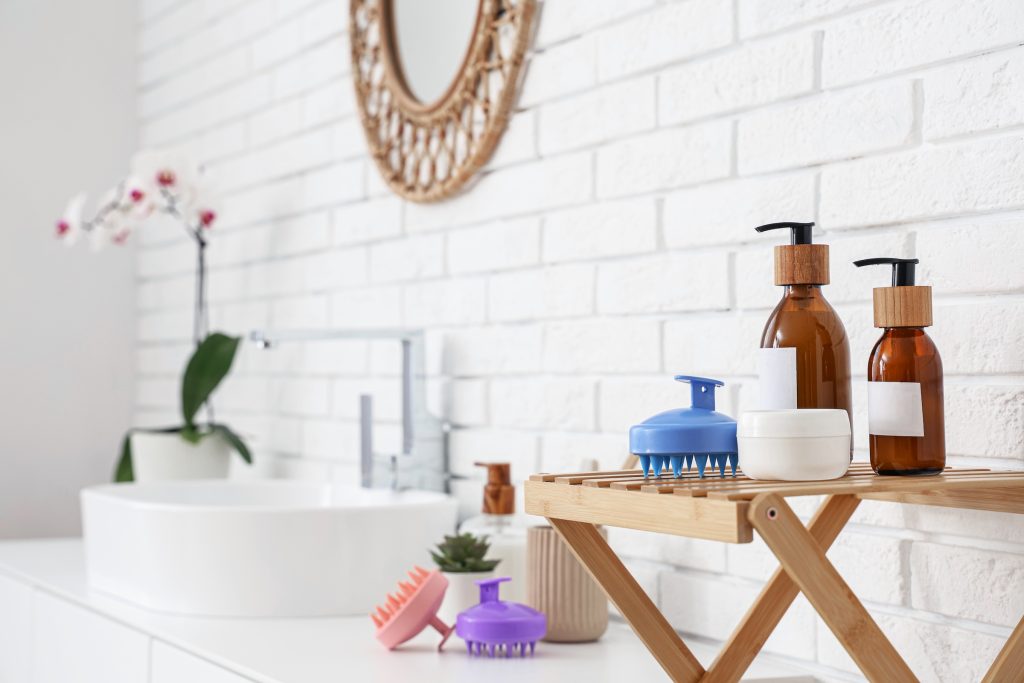
6. Use warm water, not hot. When rinsing off the product, stick to lukewarm water. Hot water can dry out your scalp and counteract the hydrating benefits of the peeling. Overall, opting for hot water is among the worst habits that damage your hair.
7. Try scalp massagers. For enzyme peelings, you can gently use a scalp massager to help them absorb better and improve circulation. But avoid using one with acid-based peelings to prevent irritation.
8. Monitor your scalp’s reaction. If you notice redness or irritation, reduce how often you use it or opt for a milder formulation. Every scalp is different, so don’t stress if it takes a bit of trial and error to find your sweet spot.
9. When in doubt, consult a pro. If you’re unsure about your scalp’s sensitivity or have ongoing scalp issues like psoriasis, check in with a dermatologist before diving into scalp exfoliation.
The Love Your Scalp Deserves
Just as you wouldn’t skip exfoliating your face, don’t let your scalp miss out on all that deep-cleansing love. Scalp exfoliation isn’t just about better hair days (though those are nice); it’s about creating a healthy foundation for your hair to thrive.
So, when’s the last time you showed your scalp some love? Trust us, it’s time.
FAQ
-
Where do I start with OnSkin?
Download the app and think of a product you’d like to know more about. Then, go to the main screen and choose how you’d like to get the info —by manually looking it up in the search bar, by scanning its barcode, or by simply taking a picture of the packaging. Once you’ve done any of these, you can see how safe the product is and if it suits your skin or hair (if this analysis is available).
-
What is Safety Rating, and how is it calculated?
In OnSkin, we base product rates on ingredients. Each is closely studied by our medical team and then evaluated. This way, each product gets a score from 0 to 100, with 100 as the safest level.
Safety Levels
- Excellent (76–100)
- Good (51–75)
- Not great (26–50)
- Bad (0–25)
These scores are backed by the latest scientific studies. You can find links to the resources we’ve used on each ingredient page. To assess the safety of product ingredients, we evaluate them according to the following parameters/criteria
- Endocrine disruption risk / Reproductive toxicity
Indicates the probability of mimicking, blocking, or interfering with the body hormones.
- Сarcinogenicity
Measures the potential risk of inducing cancer.
- Allergy risk
Estimates the probability of an allergic reaction.
- High concentration alert
Determines the risk of being unsafe in certain amounts.
-
What is Skin Match?
Based on the info you input about your skin type, age, skin care goal, and other “settings,” OnSkin checks how well a product is tailored to your unique skin needs — it’s basically like a dermatologist helping you find the right products, minus the fees and the long wait. The product you’re checking might be labeled as It’s a match!, Hit-or-miss, or Not a match for you. The app also detects ingredient groups such as Anti-acne, Anti-inflammatory, Moisturizes, May be drying, Comedogenic, and others — by tapping one, you see exactly what ingredients from this or that group are in the product.
-
I seem to have a problem with using the app. Who should I contact?
Please reach out to us at [email protected], and we’ll carefully look into your issue. Your ideas for improving the app are also very welcome!
-
Do you have an Android version?
Not yet! Hey Android users, we hear you, and we're thinking about making an Android version, but we haven't started the development yet.
Tracker Sent!
It’s on the way to your inbox.


